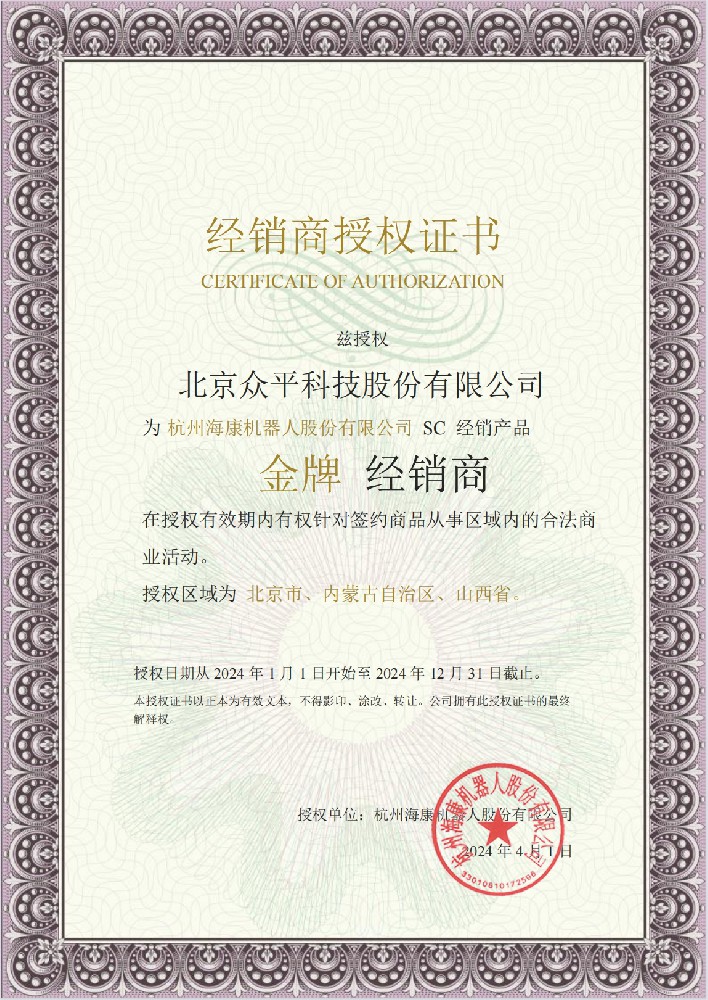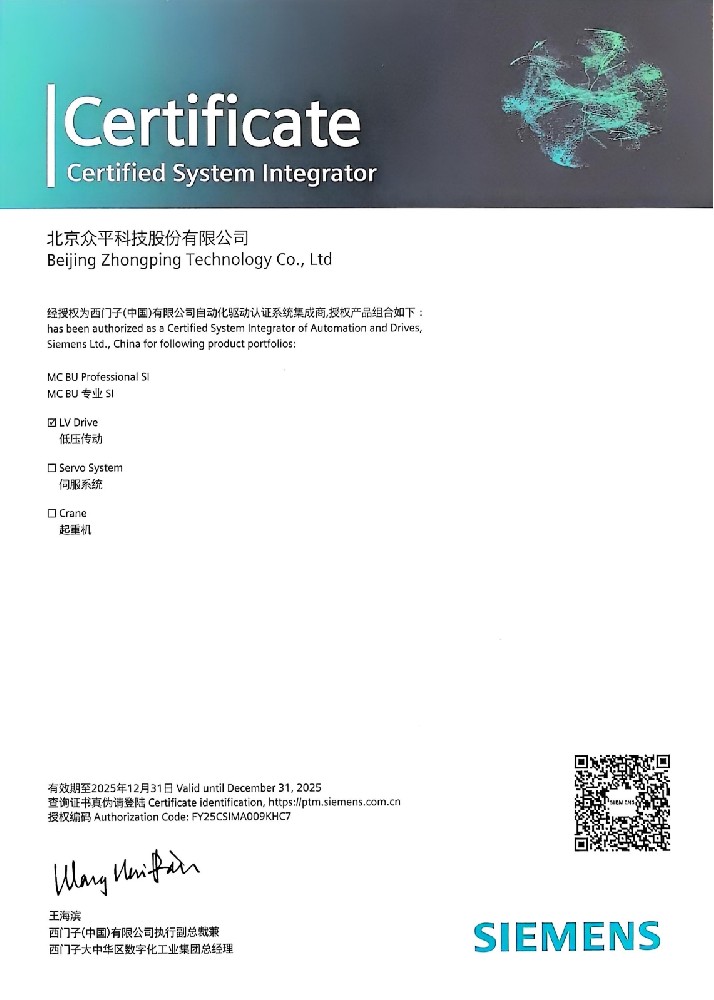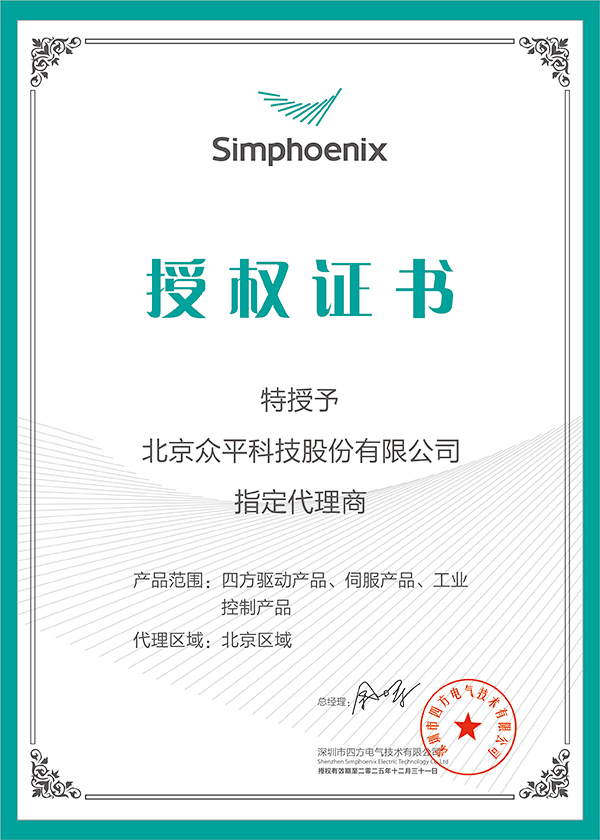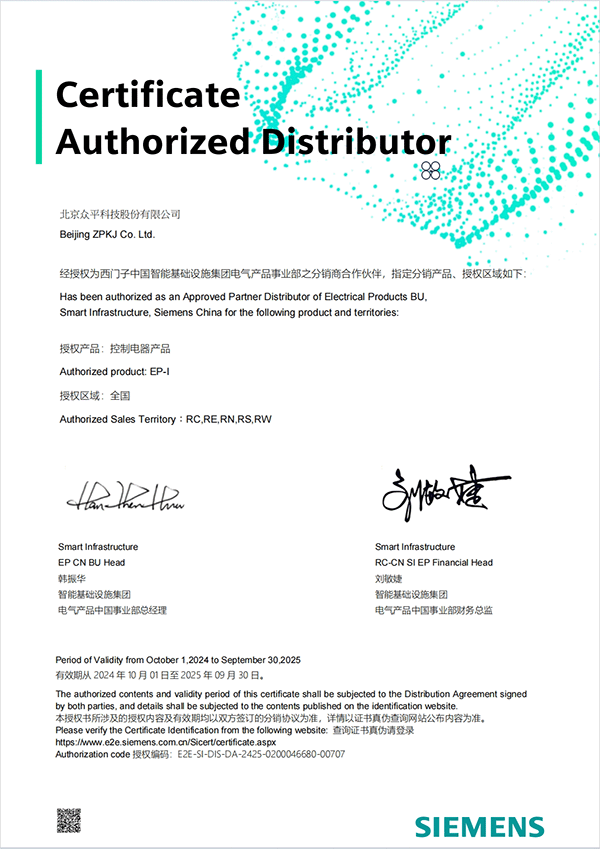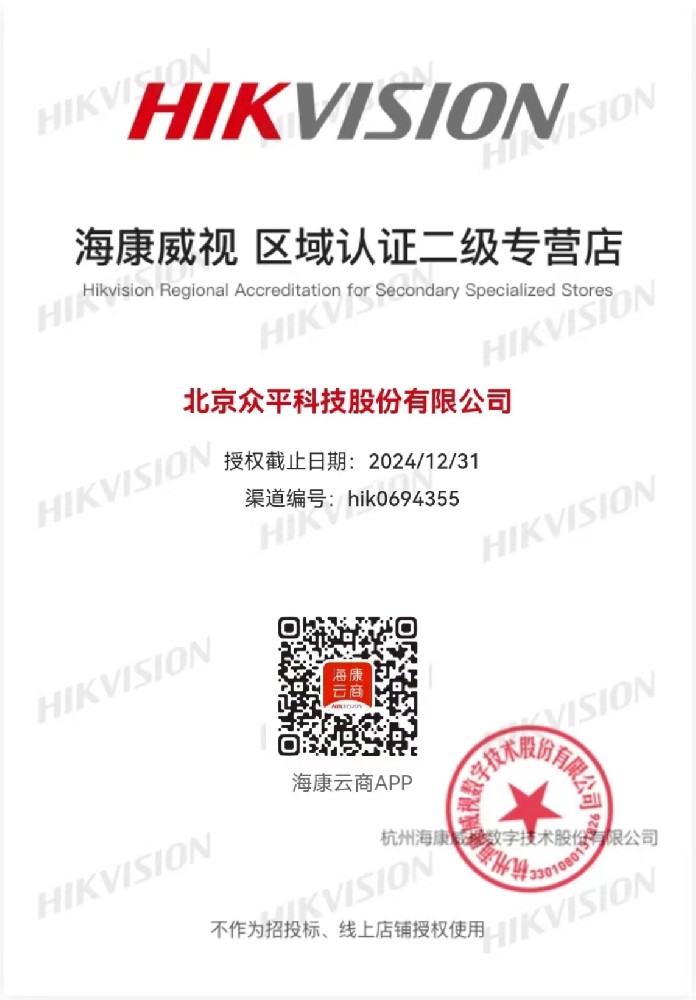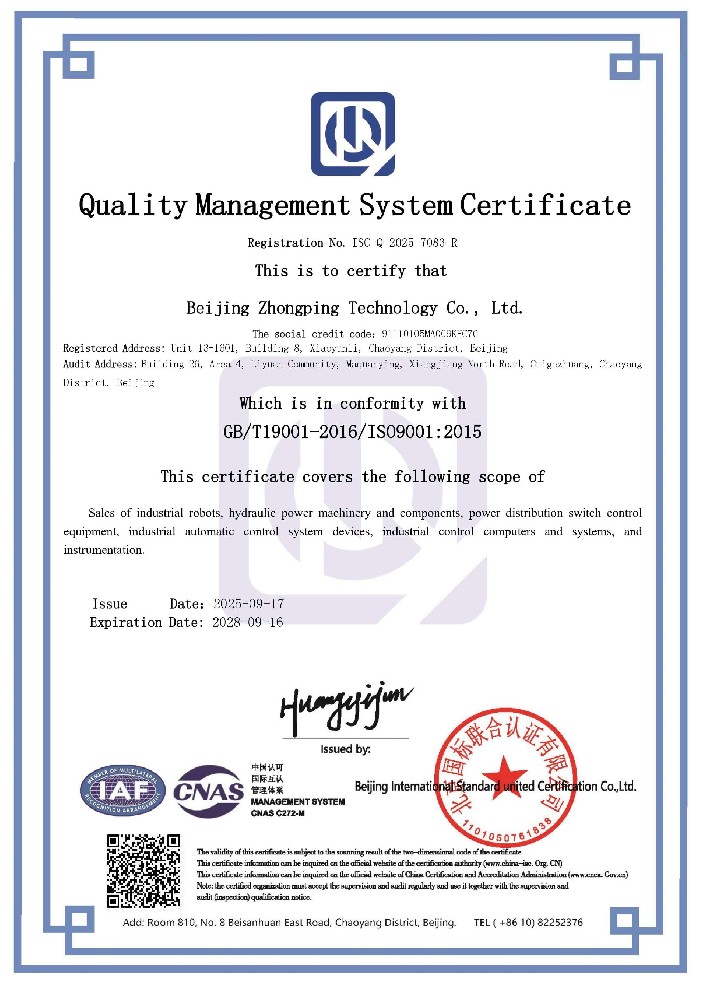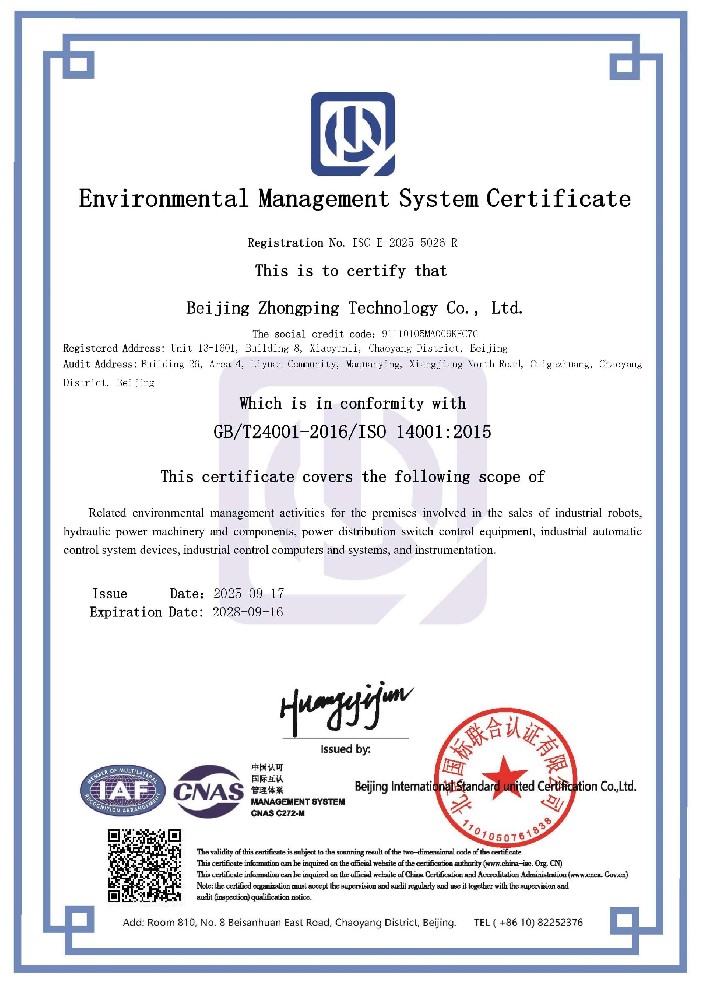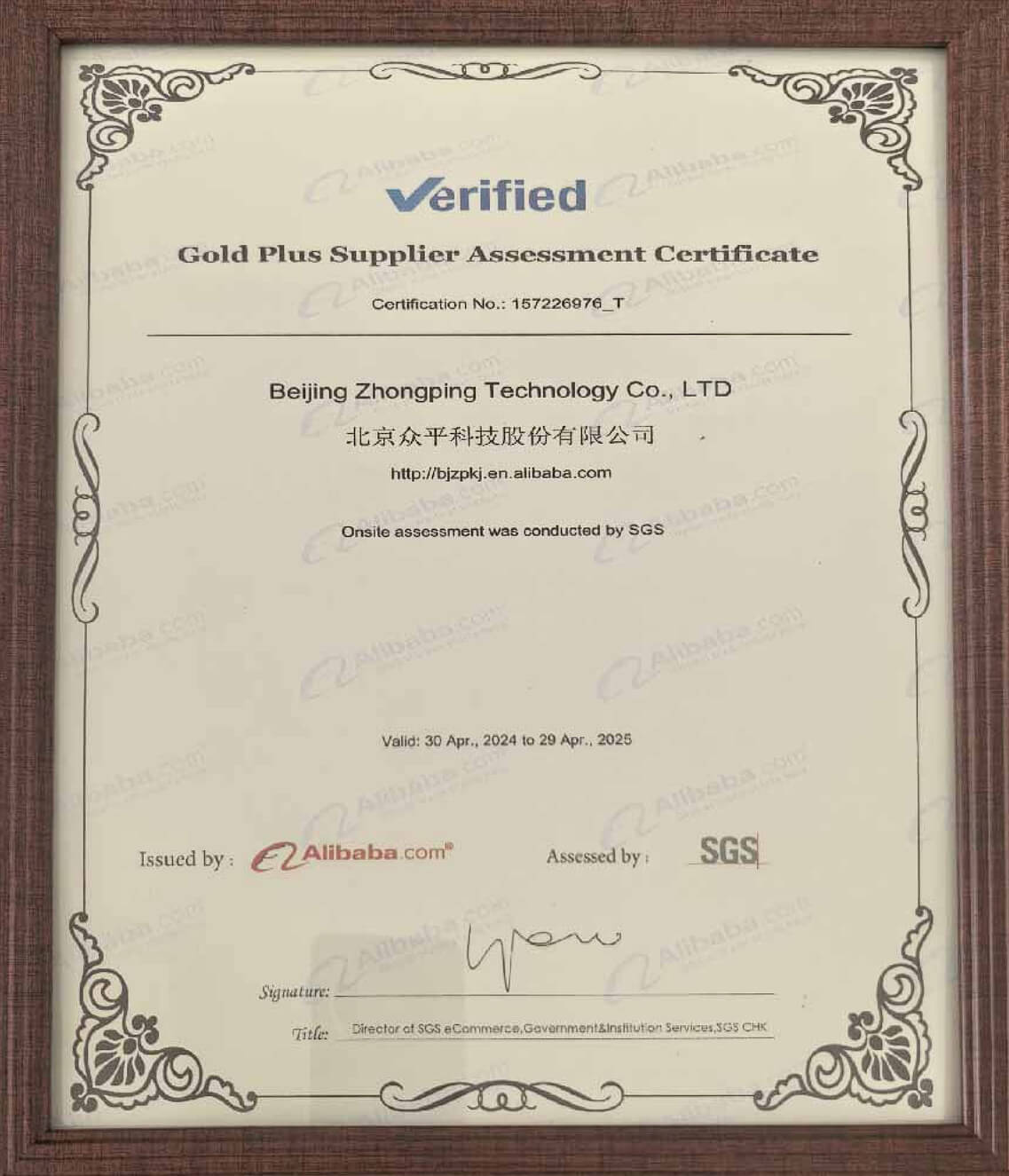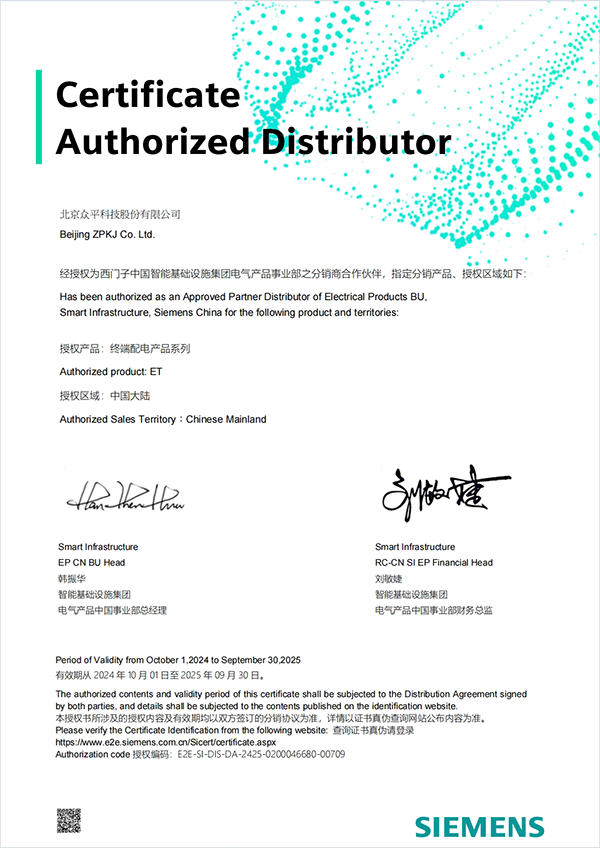Siemens 6SL3310-1TE32-1AA3 Chassis Power Module: The Robust Backbone for High-Performance Motor Control Systems
The Siemens 6SL3310-1TE32-1AA3 is a chassis power module from the renowned SINAMICS S120 drive family, engineered to deliver reliable and efficient power conversion for demanding industrial applications. This specific motor control module is designed as a "chassis-type" unit, meaning it is a self-contained power component intended for individual mounting within a control cabinet, rather than being part of a booksize stack. With a substantial power rating of 110 kW, it acts as a key component in a common DC bus system, providing the DC power necessary for downstream motor modules to drive everything from simple pumps to complex, multi-axis servo systems. Its robust construction and advanced features make it a cornerstone for automation solutions in heavy industry, including material handling, test benches, and large manufacturing cells.
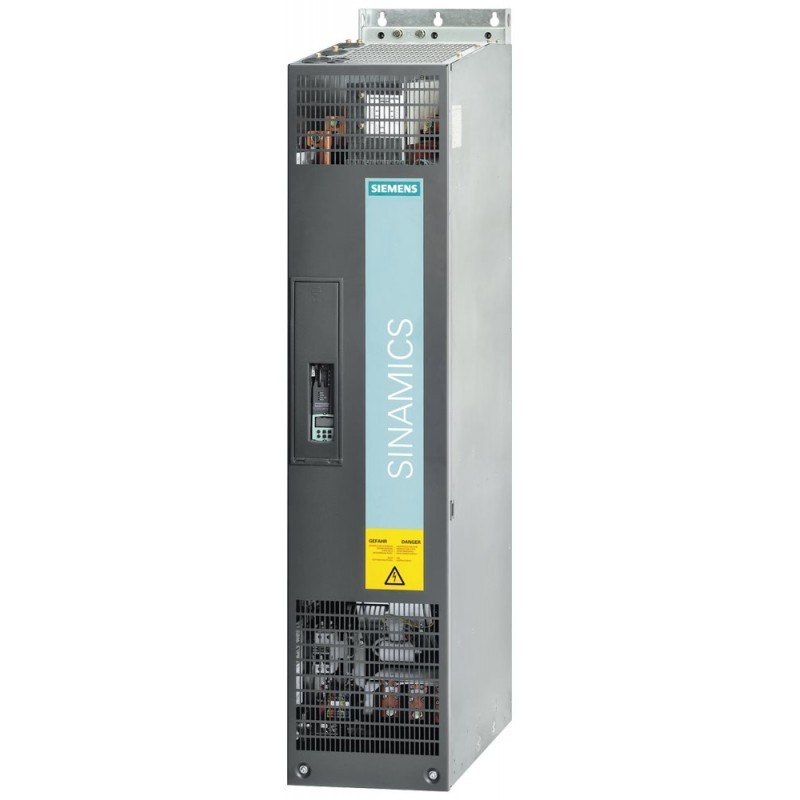
1. Product Overview and Core Functionality
The 6SL3310-1TE32-1AA3 is fundamentally a chassis power module, also known as a Basic Line Module (BLM). Its primary role is to convert incoming three-phase AC line voltage (380-480V) into a stable DC voltage that is supplied to the system's DC bus. This DC bus then serves as a shared power reservoir for one or multiple Motor Modules, which are the components directly responsible for controlling the motors.
As a non-regenerative module, it is designed for applications where the braking energy from motors is not fed back to the grid but is instead managed through other means, such as braking resistors. This motor control module ecosystem is integral to the SINAMICS S120 system, which is celebrated for its modularity, allowing for scalable and flexible machine design across a power range from 0.12 kW to 5700 kW.
2. Key Technical Specifications and Design Features
Understanding the specifications and design elements of this chassis power module is crucial for system integration. It is rated for 110 kW operation with an input voltage of 3-phase AC 380-480V, 50/60 Hz. The module employs a chassis design, which provides inherent robustness and is cooled through an internal forced-air cooling system, essential for maintaining performance under high load conditions.
2.1 High Power Density and Chassis Design
The chassis-type construction of this power module is tailored for high-power applications. Its self-contained nature allows for flexible mounting within a control cabinet, independent of other drive components. This design is inherently more robust and offers superior heat dissipation capabilities compared to compact booksize formats, making it suitable for the thermal demands of 110 kW operation.
2.2 Non-Regenerative Operation and Braking Resistor Connection
As a Basic Line Module, the 6SL3310-1TE32-1AA3 operates in a non-regenerative mode. During motor braking, when the motor acts as a generator, the excess energy is diverted to an externally connected braking resistor, where it is converted to heat and dissipated. This design is cost-effective for applications where frequent or high-energy braking is not a primary concern.
2.3 Integrated Safety and Diagnostics
The module supports Siemens' comprehensive "Safety Integrated" functions. A fundamental feature is Safe Torque Off (STO), which prevents unintended motor start-up, enhancing personnel safety during maintenance. Furthermore, the module is equipped with status LEDs and, through its DRIVE-CLiQ interface, provides detailed diagnostic data, enabling predictive maintenance and rapid troubleshooting.
2.4 Seamless System Integration via DRIVE-CLiQ
Like other components in the SINAMICS S120 family, this chassis power module features a DRIVE-CLiQ interface. This digital communication system allows for automatic recognition of the module by the central Control Unit (e.g., CU320-2), simplifying commissioning and ensuring that all parameters and safety functions are coordinated across the entire drive system.
3. Performance and Application Advantages
The 6SL3310-1TE32-1AA3 delivers significant value in specific industrial scenarios by balancing performance with cost-effectiveness.
Cost-Effective Power Solution for High-Power Applications: For machinery that does not require the energy-recapture capabilities of more expensive Smart or Active Line Modules, this Basic Line Module offers a reliable and economical power supply solution. Its initial cost savings can be substantial in high-power applications like large compressors, industrial fans, or conveyor drives.
Robustness for Demanding Environments: The chassis-type design and forced-air cooling make this power module exceptionally well-suited for harsh industrial environments. It can withstand the electrical and thermal stresses commonly found in heavy industries such as mining, metals, and cement production, contributing to higher overall system uptime and reliability.
Foundation for Scalable Multi-Axis Systems: This 110 kW chassis power module can serve as the central power source for a common DC bus that supplies multiple motor modules. This architecture is ideal for complex automation cells, such as those in automotive manufacturing or packaging lines, where one powerful energy source efficiently feeds numerous coordinated axes.
4. Expanded Perspective: The Role of Chassis Power Modules in Industrial Drive Systems
Placing the 6SL3310-1TE32-1AA3 within the broader context of drive technology and system design helps in making an informed selection and understanding its strategic importance.
4.1 System Architecture: The Common DC Bus Principle
The SINAMICS S120 system often employs a common DC bus architecture, and the chassis power module is a key component in this setup. In this configuration, a single, powerful unit like the 6SL3310-1TE32-1AA3 rectifies the AC mains power to create a DC bus. This DC bus then acts as a shared energy rail, from which multiple Motor Modules draw power to control individual motors. This setup is highly efficient as it allows for energy exchange between axes; for example, a braking motor can feed energy back into the DC bus, where it can be immediately used by an accelerating motor elsewhere in the system.
4.2 Comparison: Chassis vs. Booksize Power Modules
The choice between a chassis-type and a booksize-type power module is a fundamental one in machine design.
Chassis-Type Power Modules (like 6SL3310-1TE32-1AA3)
These are standalone units designed for individual mounting. They are characterized by their higher power ratings, robust construction, and dedicated cooling systems. They are the preferred choice for high-power applications (typically above 90kW) and for situations where components cannot be mounted in a consolidated booksize stack.
Booksize-Type Power Modules
These are compact, modular units designed to be mounted side-by-side on a standard rail, creating a dense and integrated drive controller. They are ideal for multi-axis machines with space constraints and for power levels where shared cooling within the stack is sufficient.
Selection Insight: The chassis power module is the default choice for applications demanding high power, maximum robustness, and flexible cabinet layout. The booksize motor module and power module format is selected when space optimization, lower power, and a streamlined multi-axis form factor are the primary drivers.
4.3 Critical Implementation and Maintenance Considerations
Successfully deploying and maintaining this chassis power module requires attention to several key areas.
Mandatory External Components: A non-regenerative Basic Line Module like the 6SL3310-1TE32-1AA3 requires an external braking resistor and a braking unit to function safely. These components are not optional and must be correctly sized based on the application's braking energy requirements to prevent DC bus overvoltage faults.
Control Unit and System Configuration: The chassis power module requires a central Control Unit (such as the CU320-2) to operate. The entire drive system is configured and commissioned using Siemens' engineering software, such as SINAMICS Startdrive within the TIA Portal, which provides a unified environment for parameterization, optimization, and diagnostics.
Cooling and Electrical Clearances: The internal fan and heatsink of the module require adequate clearance for air intake and exhaust to ensure efficient cooling. Installers must strictly follow Siemens' installation guidelines regarding minimum distances to other components and correct torque specifications for power connections to ensure long-term reliability and safety.
Frequently Asked Questions (FAQs)
1. What is the primary limitation of a non-regenerative Basic Line Module?
The main limitation is its inability to feed braking energy from the motors back into the power grid. Instead, this energy is converted into heat via an external braking resistor and dissipated. This results in wasted energy, increased ambient temperature in the control room, and potentially higher electricity costs compared to a regenerative solution, especially in applications with frequent braking.
2. How does the chassis-type design benefit thermal management?
The chassis-type design incorporates a dedicated, forced-air cooling system with its own fan and heatsink. This active cooling method is far more effective at dissipating the significant heat generated at 110 kW power levels than the passive or system-level cooling used in smaller booksize modules. This dedicated thermal management is crucial for maintaining performance and preventing overheating in demanding operational conditions.
3. Can this 110kW power module be used in a system with multiple, smaller motor modules?
Yes, this is a core strength of the common DC bus architecture. The 110 kW capacity of this chassis power module represents the total continuous power available on the DC bus. You can connect several motor modules of varying lower power ratings (e.g., multiple 30kW, 15kW modules) as long as the sum of their power demands does not exceed the 110 kW capacity of the BLM, while also accounting for peak power and braking scenarios.
4. What are the key safety features integrated into this module?
The module supports Siemens' Safety Integrated functions, with Safe Torque Off (STO) being a fundamental feature. STO ensures that the power electronics are prevented from generating any torque-producing output to the motor, a critical safety measure for maintenance and emergency situations. The module's diagnostics can also monitor for faults like ground faults and overtemperature, enhancing overall system safety.
5. What is the role of DRIVE-CLiQ in this power module?
DRIVE-CLiQ is the digital backbone of the SINAMICS S120 system. For this chassis power module, it serves two primary purposes: automatic identification (the Control Unit recognizes the module and its parameters upon startup) and comprehensive diagnostics (it transmits operational data like temperature and status, enabling real-time monitoring and simplified troubleshooting).
FAQ
1.Who are We?
Beijing Zhongping Technology Co., LTD., is a one-stop integrated service provider of intelligent manufacturing, belongs to the Gong Doctor Group, is a scientific research, design, marketing, technical services, industrial Internet, international import and export services as one of the science and technology companies.
2.What can you buy from us?
PLC, inverter, human-machine interface, hydraulic products, low-voltage power distribution, industrial robots and core components
3.Is the item in stock or need to be purchased from another supplier?
We have a large inventory of goods and have our own warehouse.
4.What advantages do we have over other suppliers?
Our company has a large amount of inventory and a number of warehouses, but also in the country's important industrial provinces and cities with offices and a number of overseas service points. To provide you with intelligent manufacturing one-stop comprehensive services, save efforts, labor and cost.
5.Can you provide 100% new original authentic products?
We only sell new original genuine, no renovation, no fake, only for the original factory original!
6.How long is the delivery time?
If there is a stock, it will take 2-3 working days to ship, if the quantity is large, it will take 5-7 working days after receiving the payment, if it is not a conventional model, it will take some time, we will inform you of the specific delivery time.
7.Is there technical support available?
Of course, we have a professional technical team that can help you solve technical problems.
8.How do we guarantee quality?
We have three processes to control the quality of goods.
1). Our engineers will inspect the production and quality control in the factory regularly.
2) Incoming materials shall be inspected by experienced purchasing engineers before they can be stored.
3). At least 2 people in the logistics department cross-check the goods to be sent before delivery.
9.Can you guarantee the safe and reliable delivery of your products?
Yes, we strictly adopt the international standard packing. We also use special packaging for dangerous goods, and refrigerated shipping for items with temperature requirements. Special item packaging and general cargo standard packaging requirements may incur additional costs.
10.How about the freight?
The cost depends on how you choose to get the goods. Express is usually the fastest but also the most expensive way. Sea freight is the best solution for large quantities of goods. The exact shipping cost depends on the purchase amount、quantity and weight of your order. Please feel free to contact us for more information.


 010-64225983
010-64225983 +8613811814778
+8613811814778 info@zhongpingtech.com
info@zhongpingtech.com Building 26, Liyuan Community, Chaoyang District, Beijing, China
Building 26, Liyuan Community, Chaoyang District, Beijing, China